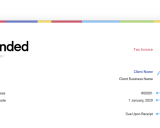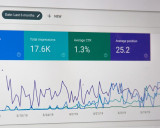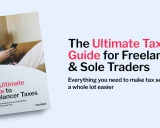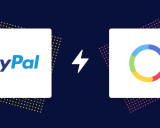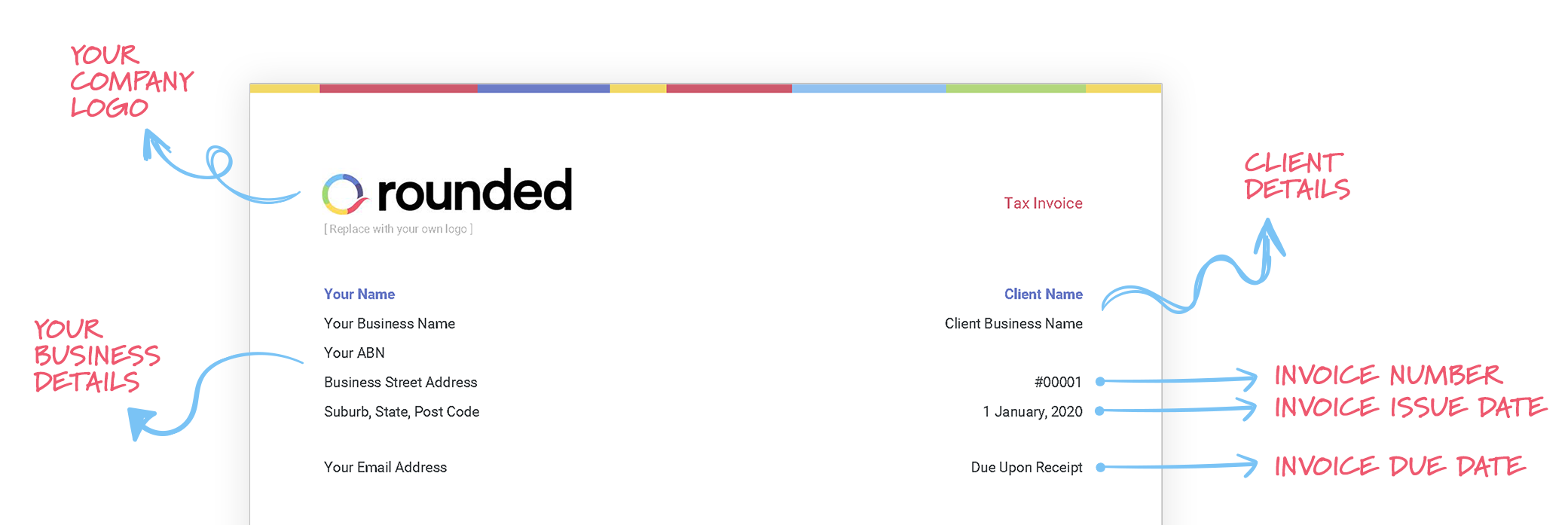
The simple business plan for freelancers
If you want to make a career out of freelancing, a business plan can help you stay focused and prepare for growth.
Article contents
− +
When you hear the term “business plan”, you might think of some long document a startup would use to woo investors.
But business plans can also be useful for freelancers. When you put one in place, it becomes a compass, guiding your business in the right direction and helping you achieve your goals.
The business you run is completely unique, so the business plan you create will be one-of-a-kind as well. But if you’ve never made one before, it can be tough to know where to start.
This article covers some of the most common elements of a freelancer business plan, with tips on what to include and how to move forward with the plan.
Why should freelancers create a business plan?
Putting together a business plan can take time, but the benefits are worth it. Here’s why freelancers should consider creating one of these documents:
Setting achievable goals
When you’re caught up in the details of running your own business, it’s easy to lose sight of the big picture. A business plan helps you set long-term goals, and then break them up into achievable steps.
Less chaos, more strategy
A freelance business has a lot of moving parts. A plan will reduce that chaos and put your priorities in place. It makes it easier to see where you need to focus your energy, and what parts of your business need tidying up.
Defining your brand
To be successful, you need to have a unique brand that is memorable and sets you apart from competitors. Your business plan will help you build this identity and evolve it over time.
Saving you time and money
Writing a business plan takes time, but in the long run, it will actually save you time. With a plan in place, you won’t waste hours on tasks that aren’t moving you toward your goals. The plan will also help you decide where to reinvest money back into your business, to maximise your profits and avoid wasting revenue.
Your Business Plan
Here is a general layout you can follow to make a business plan of your own. Remember, this is just a guide—you may choose to make some sections shorter or longer, or skip parts altogether.
We have also included a section that advises you on how to use the information you collect to grow your business.
1. Business name and overview
A brief, top-level summary of your business. Think of how you might describe your business to someone you’ve just met.
Business name
Overview of products and services
When did you start the business?
What are the major milestones of your business so far?
Did you celebrate a business anniversary?
Did you start offering new services?
Did you hire new staff?
Did you hit a financial goal?
How to use this information
The information in this section is the kind of thing you’ll frequently share with clients, and you may even end up turning it into the About section on your freelancer website. It’s also a good idea to review this information every six months or so, to keep it updated and reflect on the progress you’re making.
2. Vision and mission statement
In a few words, describe what the core mission of your business is, and where you hope to take the business in the long run.
What value does your business bring to its customers?
What makes your business unique?
What changes do you expect to make to the business within the next calendar year?
How to use this information
In this section, you are essentially defining your unique selling point, or USP. Also known as a value proposition, this statement shows how you are different from your competitors and will become the core of your marketing strategy. For more guidance on this, check out our full article on defining your USP.
3. Your services and business structure
Get into the details of how your business works and where your revenue streams lie.
A brief write-up of each service
Overview of your pricing structure
Breakdown of current revenue streams
Are there any other employees beyond yourself?
Do you plan to add any new services or hire new staff soon?
How to use this information
It is vital that you have a good grasp of your services and how each one impacts your overall revenue. This info will help you determine where to focus your marketing efforts, and where you might be able to increase revenue over time. You can also turn this information into a rate card or feature it on your website.
4. Target customer overview
Create a profile of your target customers, including information about what makes them ideal for your business.
List out basic demographics
Location
Average age
Gender breakdown (if relevant)
Job titles/income brackets
What frustrations do your customers face?
What concerns/anxieties are common among your customers?
How do your customers find your business?
What do your customers expect from your service?
How to use this information
Understanding your exact audience is the key to a successful marketing strategy. When you understand who your customers are and what motivates them, you can use any marketing tactic you choose to address their specific worries and anxieties, and show them how you can help them solve their problems. Whenever you are promoting your business, you can return to this section and tailor your messaging to the segments of your audience you most want to target.
5. The market and your competitors/partners
Explain the current climate of your industry and where your business fits into the market.
Brief write-ups of your primary competitors
List out what you find inspirational about them
Explore what makes your businesses different
How do you plan to differentiate your business from competitors?
What other businesses are in your “ecosystem”?
Are there other types of businesses that complement yours?
Are there businesses that are similar and overlap with yours?
How to use this information
While you never want to copy someone else’s style or strategy, you certainly can draw inspiration from the marketing tactics, pricing structures, and positioning your competitors are using. In addition to this, finding other businesses in your ecosystem opens you up to creating partnerships—a valuable way to build your network, find new clients, and grow your business.
6. Business costs and expenses
A look at the financial side of your business, including where your money should be reinvested.
What is your current monthly/annual revenue?
What are the major expenses for your business?
Marketing costs
Supplies or equipment
Travel expenses
Home office costs
Contractors/employee payments
How to use this information
As a business owner, it’s up to you to keep track of how much money you have coming in and going out. If you aren’t on top of this, you could end up with surprise expenses that put you in a tough spot. You also can use the info in this section to save the most money possible on freelancer taxes—that’s one of the best strategies for maximising profit.
7. Marketing and growth/evolution strategy
This section takes a deeper look at the future of your business, and what concrete steps you’ll take to achieve your goals.
Where do you see your business in one year? Five years?
What needs to happen in your business to help you get there?
What current marketing tactics are you using? How effective are they?
What do you plan to do this year to advance your business?
How to use this information
Answering the questions above will help you build a roadmap for growing your business. Once you have firm goals in place, you can break those goals down into smaller, more achievable steps. For example, if you want to have 10 new clients by the end of this year, then you can devise a plan to find 2 - 3 clients per quarter, and choose which marketing tactics you’ll employ every week to find them.
What to do when you finish your business plan
Hopefully, writing a business plan has given you a deeper understanding of what your business is all about and how you’ll take it forward.
When you’re done with it, consider showing it to a friend, colleague, or mentor to get a second opinion. They may be able to find areas that need more development or suggest ideas on how to fine-tune what you have.
In a few days or weeks, return to the business plan and reread it. You may have come up with a few new ideas or areas you want to expand on. You can also go through and add screenshots from your freelancer website or portfolio to bring some visual context to what you’ve put together.
But beyond that, your business plan will help you move your business forward—what you’ll have when finished, is a clear picture of where you want to take your business and the specific steps you’ll take to get there.
Every few months, come back to your business plan and update it as needed. Over time, the plan will grow alongside your business.
Cover Photo by Mike Tinnion on Unsplash
Join newsletter
ABOUT ROUNDED
Invoicing and accounting software for sole traders. Get paid faster and relax at tax time.
